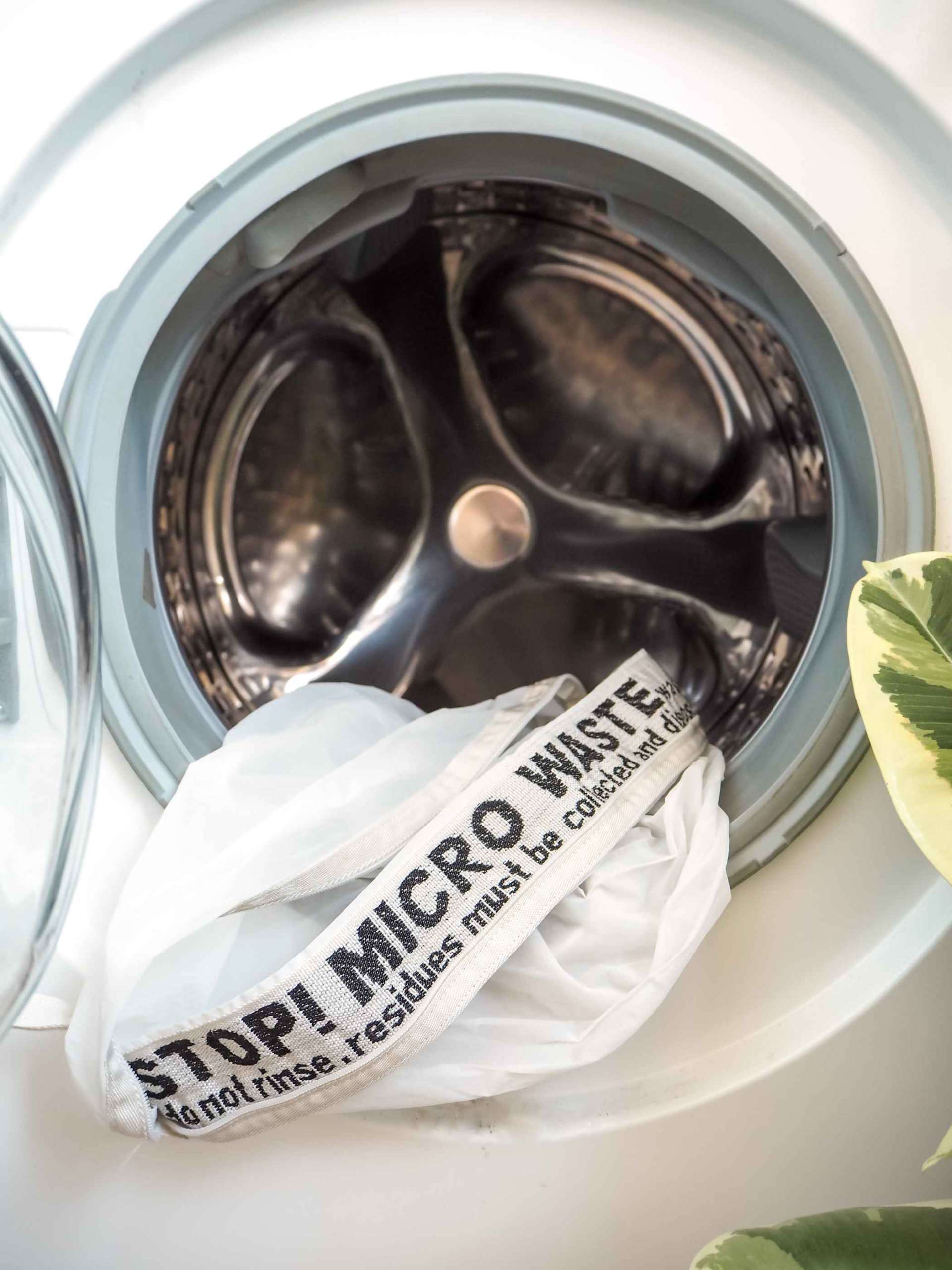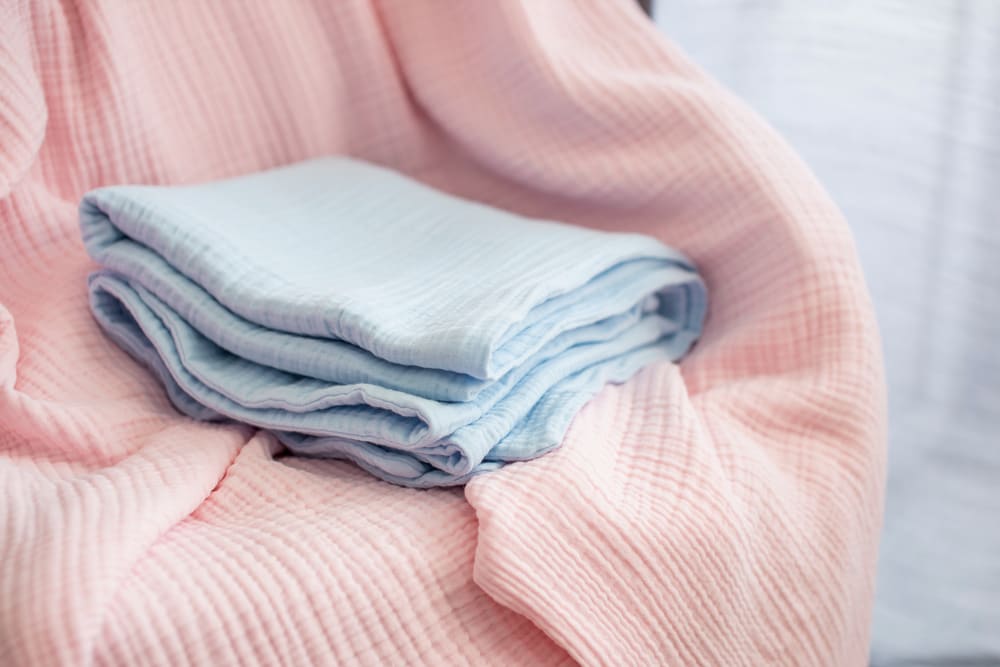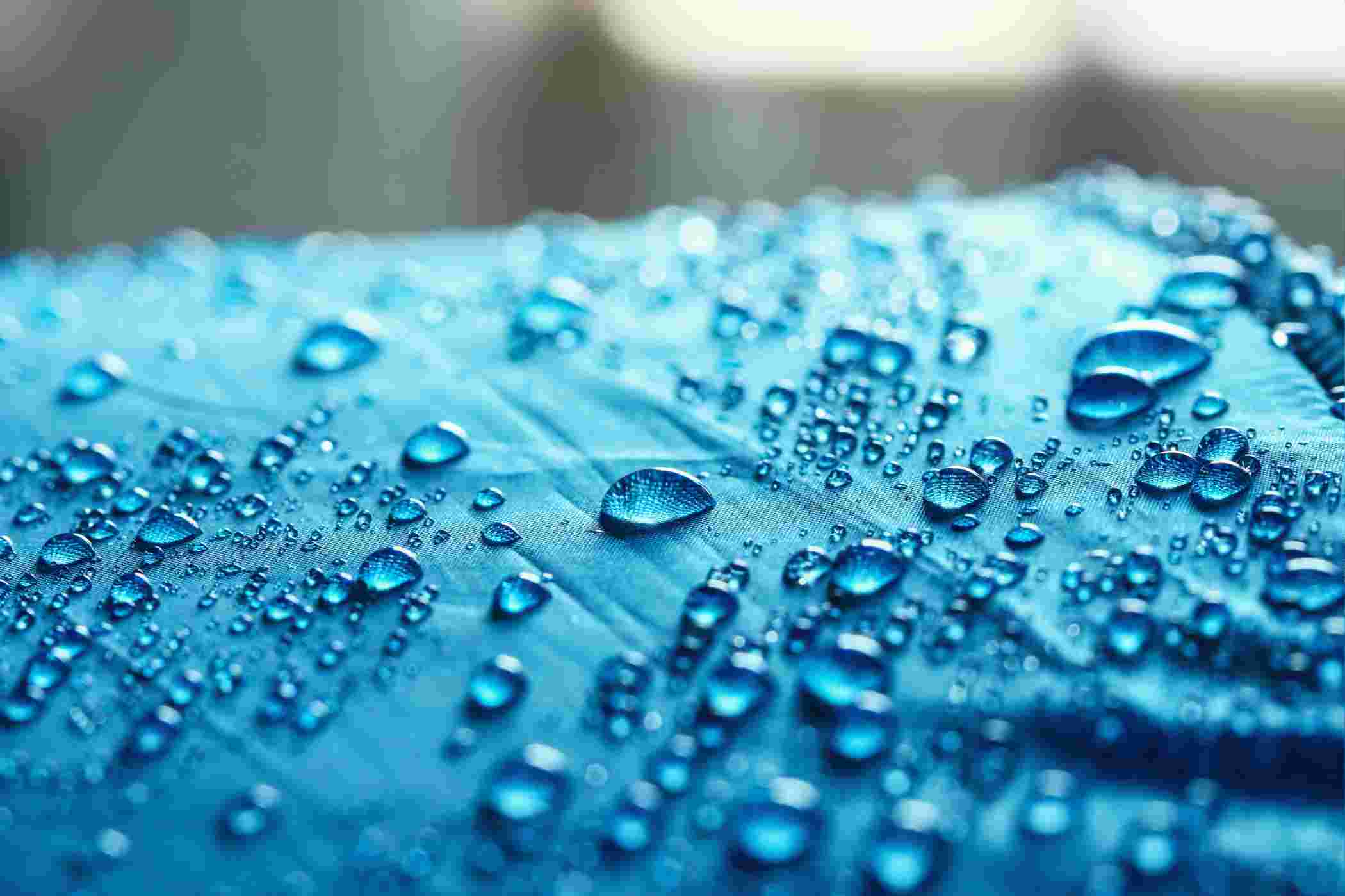Types of Chemical Finishing on Fabric



A perfectly finished fabric is an important part of any collection of a fashion brand. One of the surest ways to achieve it is through the process of chemical finishing. Let's understand what chemical finishing is, and then dive into the different types in which this process can be done.
A finished fabric is of superior quality. This quality improvement can be brought about in two different ways - mechanical and chemical. The type of finishing depends on the material, its properties and intended application.
Mechanical finishing is a process performed on fabric or yarn to enhance the performance or appearance of the fabric. Properties that can be altered through mechanical finishing include smoothness, residual shrinkage, fabric luster and hand-feel. Standard mechanical finishing methods include calendaring, compressive, cropping, shearing, shrinkage, sanforizing, mesmerizing, raising, peaching, and sueding.
Chemical finishing, on the other hand, is used to change the fabric's existing properties to suit the desired outcome. The process of chemical finishing takes place after the dyeing stage, while the garment is still undergoing the manufacturing process.
What are the different types of chemical finishing?
The process of chemical finishing is versatile and protects the garment from discoloration, stains and much more. Some of the chemical agents used on fabric are:
Antimicrobials
Chemical finishing can control the growth of any microbes such as fungi, bacteria or algae on the fabric. In addition, the chemical process of antimicrobial finishing makes the material leachable or durable. This kind of finishing is usually used for hygiene and medical products. The market for antimicrobial fabrics is expected to grow at a CAGR of 5.2% between the years 2021 to 2028.
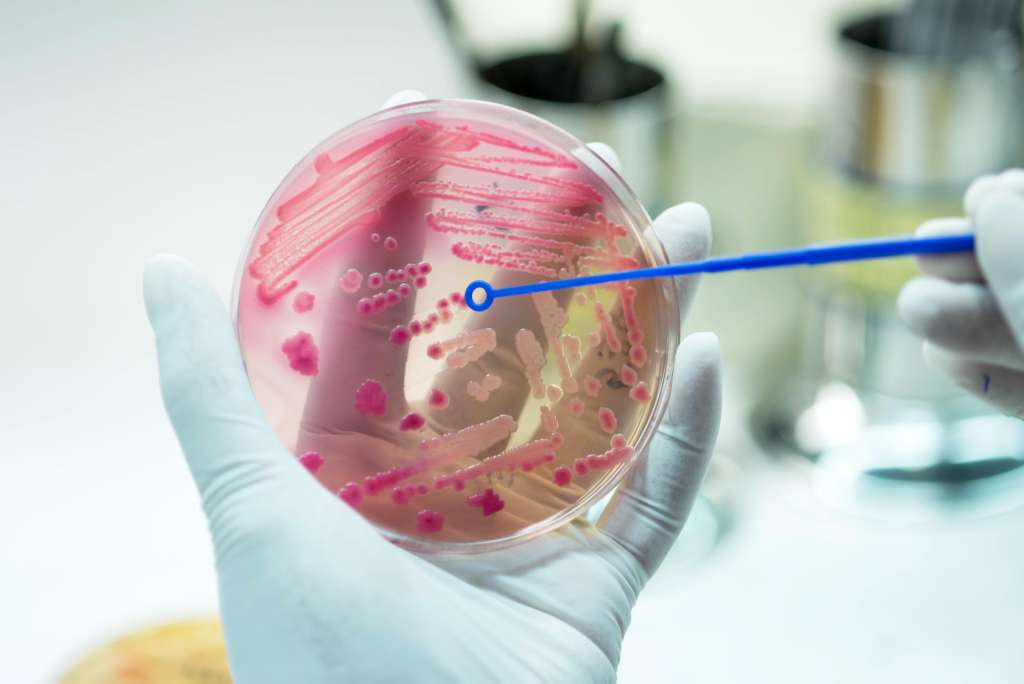
Antistatic agents
This is one of the most commonly used chemical finishing treatments. An antistatic finish can make the material avoid electrostatic build-up. Some examples of durable antistatic finishes are polyamines, ammonium, vapor-deposited metals and others. Anionic, cationic, and non-anionic antistatic are examples of non-durable antistatic finishes.
Water repellants
This chemical process makes the fabric repel water. The finishing uses substances like waxes, silicones, chrome complexes and fluorochemicals.
Wrinkle-free finish
This kind of chemical finish is done to reduce the formation of wrinkles on clothing. Wrinkle-free finish is of two types: pre-cure and post-cure processes. In the 21st century, who doesn't want a garment that can be taken out of the wardrobe and worn without ironing it? Thus, as customer demand grows, the textile industry is sharpening its focus on wrinkle-free finishes. This kind of finish in the garment lets the customers enjoy an excellent pick-me-up outfit. According to a survey, approximately 62% of women prefer wrinkle-resistant clothing over one without it.
Flame retardants
Flame retardant is a chemical finish done on the fabrics using different chemicals like intumescent coatings, halogenated hydrocarbons, nitrogen flame retardants and others. The finish is done to make the material non-flammable.
Anti-soil finish
As lifestyles get busier, customers are more likely to invest in easy-to-maintain fabrics. This finish helps to minimize soil contact with the fabric. It increases the durability and efficiency of the fabric and lets it stay cleaner for an extended period of time. The soil can be water-soluble organic soil, water-soluble inorganic soil, water-soluble organic polar soil, and water-soluble organic non-polar soil.
Choosing an ideal fabric for garments
A garment is more than a piece of fabric - while manufacturing a garment, the fabric plays a vital role, so choosing the right fabric is a critical decision. Here's a guide to help you make the right choice.
Material
Firstly, the material has an essential role in selecting an ideal fabric. Every material is unique, with specific characteristics like breathability, crease resistance, and stretchability. Select a material depending on the type of garment, occasion or intended use. For summers, one can choose linen, cotton, and khadi because of their qualities. Wild silk and thick cotton are much better options for the winters.
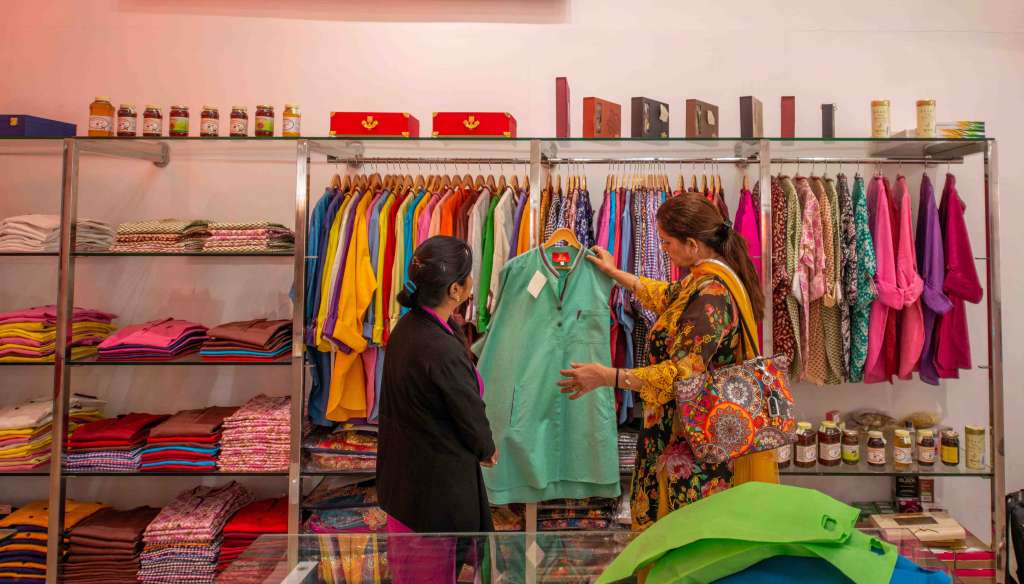
Grain/grainline
The term grain is referred to the weaving of yarn and its direction while making the fabric. Straight grainline fabrics are better as they can be appropriately stitched and quickly compared to other improper grainline.
Drape
The fabric's fall or flow is referred to as its drape. For example, a stiff material can be a good option for fitted garments, whereas a flowy fabric is suitable for making skirts or dresses.
Weight
Considering the weight of the fabric plays an essential role in selecting the material. The weight of the fabric can be divided into three categories: lightweight woven fabrics, medium weight fabrics, and heavyweight fabrics. The correct weight fabric must be selected keeping in mind the type of dress produced with the material.
Benefits of choosing the suitable fabric
Fabric selection affects the garment's quality and looks, so designers should make an informed choice while picking the right material.
Absorbent and Ecofriendly
Natural fibers used to make any fabric make it more absorbent and eco-friendly compared to other types.
Comfort
Choosing a fabric as per one's comfort might depends on the season. For example, cotton and linens are ideal summer fabrics. At the same time, silks and wools are much better in the winter.
Fit and Flexibility
Choosing a flexible or stretchable fabric is a better option when making jeans, trousers or a well-fitted top. It ensures that the individual carrying the garment will feel relaxed while wearing the garment.
Appearance
Choosing a fabric also affects the overall look of a garment and the person carrying the outfit. It is usually recommended to select the fabric as per the body type, weather, occasion or the type of dress.
Durability
A good quality fabric produces a durable garment. Thus, while choosing a fabric, it's essential to focus on its fiber and weave. For example, natural fibers are fantastic in terms of durability.
Conclusion
All the procedures of chemical finishing impact the fabric quality and texture in one way or another. A good quality fabric will let the customers enjoy a better fit, comfort, durability, looks and much more. Fashinza offers you the advanced tech solution to upgrade the chemical finishing and examine the variation in the process. We offer advanced analytical data about the fabric which help you to select the accurate fabric for the collection.
Connect with Fashinza today to monitor the substantial growth of your manufacturing business.
















